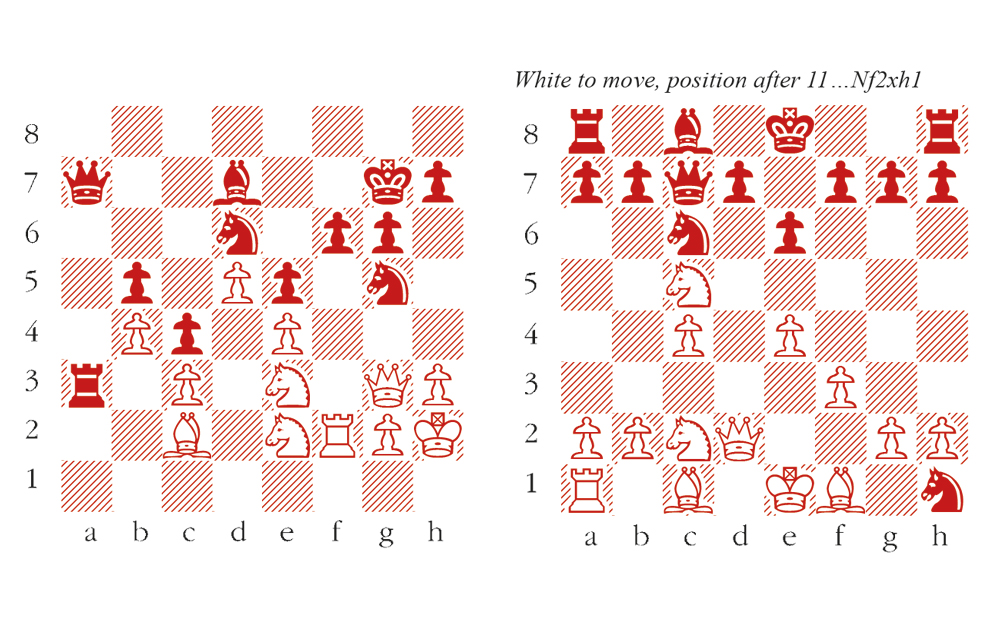‘I kind of played old man’s chess in that game,’ said Magnus Carlsen, after winning a game against S.L. Narayanan, a top Indian grandmaster, at the Tata Steel Rapid in Kolkata last week. ‘No long variations, just positional chess.’ None of his moves would have come as a great surprise to his opponent, while Narayanan’s mistakes were inconspicuous. Yet Carlsen steadily assumed control of the game, consistently sensing the optimal places for his pieces.
S.L. Narayanan-Magnus Carlsen
Tata Steel Chess India Rapid, November 2024
1 e4 e5 2 Nf3 Nc6 3 Bb5 a6 4 Ba4 Nf6 5 O-O Be7 6 Qe2 6 Re1 is more common, and one standard continuation is 6…b5 7 Bb3 d6 8 c3 O-O 9 h3 Na5 10 Bc2 c5 11 d4. The move 9…Nc6-a5 signifies the popular Chigorin variation, named after Mikhail Chigorin, a Russian master from the 19th century. The strategies which Carlsen employs in this game would be adapted from his knowledge of that classic variation.

Get Britain's best politics newsletters
Register to get The Spectator's insight and opinion straight to your inbox. You can then read two free articles each week.
Already a subscriber? Log in






Comments
Join the debate for just $5 for 3 months
Be part of the conversation with other Spectator readers by getting your first three months for $5.
UNLOCK ACCESS Just $5 for 3 monthsAlready a subscriber? Log in